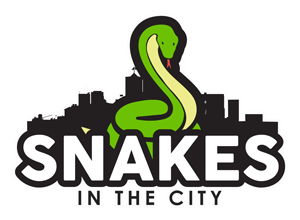Marsh Snake
Mildly venomous
Other Name: Black-bellied Swamp Snake, Swamp Snake and Grass Snake
Bites from this species have been known to cause local symptoms such as significant pain & swelling, with more general reactions such as headaches and nausea also recorded. Unless handled, Marsh Snakes are very unlikely to bite. However, they have been known to bite readily with very little warning if they are picked up, so as for all snakes, they should not be handed or interfered with in any way. All bites should still be treated immediately and attended to with correct first aid.
General description:
Usually coloured a fairly uniform grey above, with dark grey or black belly surface. Two prominent narrow pale-yellowish stripes on each side of face, one running from snout, through eye and onto neck area, & one below eye running from snout to corner of mouth. In juveniles the head is often darker than the body. Scales smooth. Midbody scales at 17 rows.
Average Length:
Specimens found in the Sydney region are usually between 20-40cm in length, which although still a mature adult, is on the smaller side of the potential length of the species as found elsewhere.
Marsh Snakes can be found in a variety of habitats in the Sydney region. In Sydney, they are most commonly encountered along the coast line, including all of the suburbs from La Paruse in the south, to Palm Beach on the Northern Beaches. The are however still commonly found throughout the Sydney metropolitan area, through the north shore, the inner west and the Southern Shire districts. They generally prefer moist well-vegetated areas such as wet sclerophyll forest, margins of creeks, dams, wetlands & low-lying seasonally flooded areas.
General habits:
Diurnal (most active during daylight hours), although may also be active at night in hot weather. Marsh Snakes naturally shelter under rocks, sheets of bark and thick debris, however they can be found around homes in cracks and crevices around concrete slab/driveway/footpath/stairs and occasionally in homes after they have inadvertantly wandered in.
Diet:
Marsh Snakes primarily eat small frogs and lizards.
